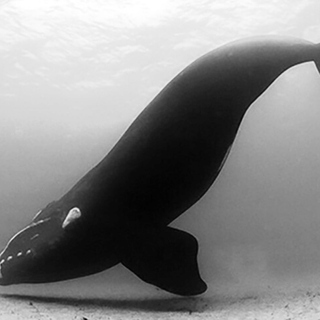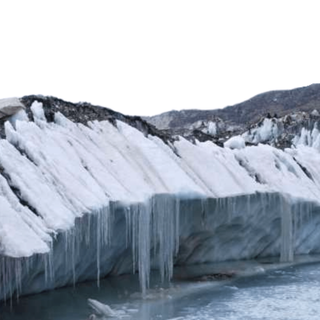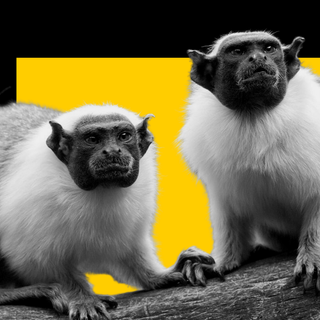Prehistoric indigenous people living in the western Amazon rainforest preserved large parts and used natural resources in sustainable ways, without significantly altering the forest ecosystems, according to new findings.
The study, published in the PNAS this week, adds to the growing debate around prehistoric human influence over the world’s largest rainforest. The research asserts the value of indigenous knowledge in preserving the Amazon rainforest’s biodiversity, shows how people in the region sustainably coexisted with nature, and offers insight into the future of conservation.
“To me, these findings don’t say that the Indigenous population wasn’t using the forest, just that they used it sustainably and didn’t modify its species composition very much,” said Dolores Piperno, Ph.D., from the Smithsonian Tropical Research Institute in Balboa, Panama, who led the study. “This is a place where humans appear to have been a positive force on this landscape and its biodiversity over thousands of years.”
“…their use of the surrounding rainforest was sustainable, causing no detectable species losses or disturbances, over millennia,” she told BBC News.
Piperno and her team conducted their research, what they refer to as “botanical archaeology,” in a remote part of northeastern Peru — where the tierra firme forests make up more than 90% of the Amazon’s land area. The team excavated and studied layers of soil, documenting what grew in the forest over thousands of years to put together the rainforest’s history and how the indigenous people influenced the landscape.
“We found very little sign of human modification over 5,000 years,” said Piperno. The rainforest landscape remained relatively stable for thousands of years — and continues to be so in similarly undisturbed regions today.
Related on The Swaddle:
The Amazon Rainforest Released 20% More Carbon Than It Absorbed in Last 10 Years: Study
This is important for two reasons. One, the research offers pieces of a puzzle aimed at answering if — and how much — the Amazon landscape was shaped by indigenous people. Some research argues that prehistoric people engineered the landscape significantly and the tree species that now dominate the forest are a result of human intervention. The opposite camp argues that prehistoric indigenous Amazonians lived harmoniously; it was only when colonizers from Europe settled in the area that “the sudden interruption in landscape-scale manipulation resulted in so much forest regrowth that it caused a global drop in atmospheric carbon dioxide that brought about a climactic shift that is known as the “Little Ice Age,” Smithsonian Tropical Research Institute writes in a blog post.
The current research then argues the indigenous groups were not the contributors to the onset of the Little Ice Age. “We found no evidence for crop plants or slash and burn agriculture; no evidence for forest clearing; no evidence for the establishment of forest gardens… We now have a substantial amount of evidence that extensive, wholesale alterations of forest across the interfluvial areas of Amazonia did not occur in prehistory,” Piperno says.
“…it’s like assembling a puzzle of ridiculous extent where studies like this are slowly building evidence that either supports or contradicts the theory that the Amazonia of today is a large secondary forest after thousands of years of human management,” Suzette Flantua, Ph.D., from the University of Bergen, tells BBC News. “It will be fascinating to see which side ends up with most conclusive evidence.”
Second, the study reiterates that the reservoir of indigenous knowledge and inclusion of groups remain critical to helping preserve biodiversity in the Amazon. “Indigenous peoples have tremendous knowledge of their forest and their environment,” Piperno says, “and that needs to be included in our conservation plans.”
Their knowledge on selecting plant species for replanting and restoration, for instance, is indicative of the methods they have accumulated over the years to preserve their surroundings. A 2019 report compiled by the Intergovernmental Science-Policy Platform on Biodiversity and Ecosystem Services (IPBES) drew this conclusion: the world should take into account local communities’ environmental stewardship, and science and policy need to partner with them to address biodiversity loss.
Flantua concurs with this approach. “Now is the time to integrate knowledge and evidence, and establish a sustainable management plan for Amazonia and the prehistoric human presence should be included,” she says.
“The more we wait, the more likely that such knowledge is lost.”




